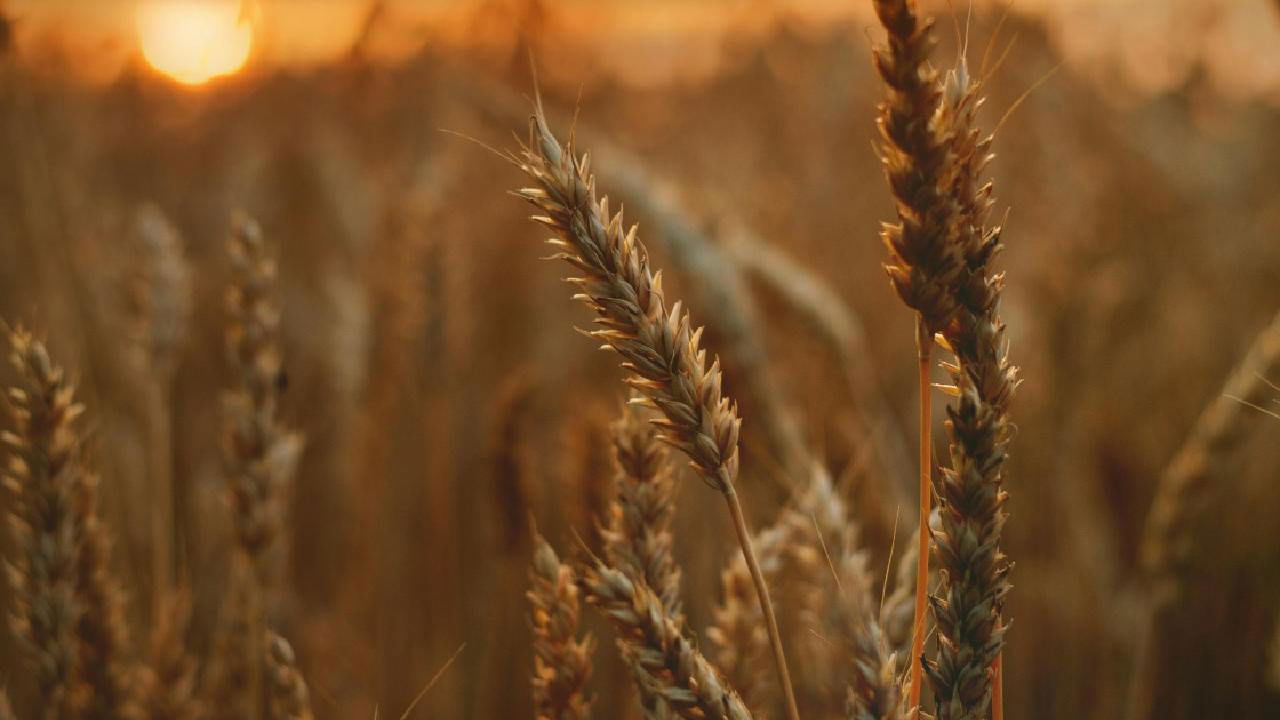
Wheat is the world's second most widely produced cereal grain, following maize. It thrives primarily in temperate climates with relatively short growing seasons. This versatile grain is the key ingredient in many staple foods, including bread, pasta, cereals, pastries, cookies, crackers, muffins, tortillas, and pitas.
Global Scenario of Wheat Production
According to Statista, in the marketing year 2023–2024, around 785 million tons of wheat were produced worldwide. Together, China, India, and Russia serve as world's top three wheat producers, contributing approximately 41% of the world's total wheat production. Here is data of wheat production in the worldwide in the year 2022 according to world population review:
|
Country |
Wheat Production (million metric tons) |
|
China |
137.7 |
|
107.7 |
|
|
Russia |
104.2 |
|
United States |
44.9 |
|
Australia |
36.2 |
|
France |
34.6 |
|
Canada |
34.3 |
|
Pakistan |
26.2 |
|
Germany |
22.6 |
|
Argentina |
22.2 |
When discussing wheat consumption, the global figures reveal that just under 791 million metric tons of wheat were consumed in the 2022–2023 marketing year, reflecting a recent decline in consumption. For the 2023–2024 marketing year, it was expected that China would consume approximately 153.5 million metric tons of wheat. Over the past decade, the average annual consumption of wheat per person worldwide has been over 66 kilograms, highlighting its vital role as a staple food.
India’s Contribution in Wheat Production
In the last 20 years, India has produced 1.8 billion tones of wheat, which is equal to 12.5% of the world's total wheat production. Besides being the second largest wheat producer, the country also stands as the top wheat consumers. India, as the second most populous country in the world, is the home of 1.38 billion people and according to the year 2022–2023, India is predicted to produce 105 million tones of wheat with a consumption of 104.5 million tones.
India's wheat production is crucial for both domestic consumption and international markets. The country's diverse agricultural practices and favorable climate conditions allow for good wheat cultivation, making it a key player in global food security.
















